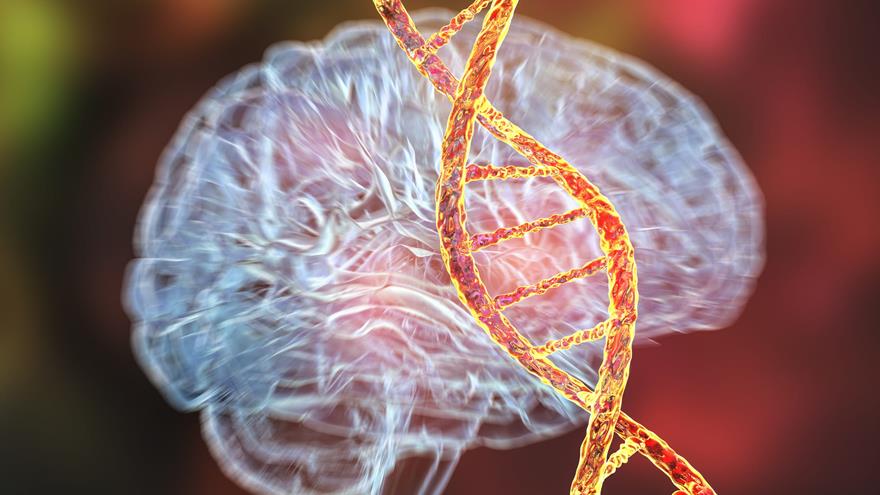Biomedical Researchers Develop Device to Predict Wound Healing
May 25, 2010
Related

- Breakthrough on Gene Therapy for Hereditary Spastic Paraplegia
- Drexel Environmental Collaboratory Releases Cross-Sector Findings on Severe Weather Recovery Challenges
- Drexel Launches the Manuel Stamatakis Center for Alternative Investments at the LeBow College of Business
- Drexel Receives $1.4 Million Grant to Establish Hub for Literacy Reform
Complex wounds affect more patients in the United States than heart attack and stroke combined, and five to seven million Americans with complex wounds account for over $20 billion in healthcare expenditures. About 150,000 amputations a year result from complex wounds, while about 80,000 are attributed to diabetes and peripheral arterial disease. There are currently no established methods for early detection of wound healing, or for precise identification of healing progress. Wound size is the only accepted indicator despite its variability and the fact that is reflects only what is happening on the surface.A new breakthrough device developed by researchers can change the current landscape of chronic wound management. Researchers at Drexel University’s School of Biomedical Engineering, Science and Health Systems developed a prototype device that measures the level of oxygenated and deoxygenated hemoglobin within and under a wound and compares it to a control/non-wound site of the same patient. Based on a human study at the Wound Clinic of the Drexel College of Medicine, the time course of oxygenated hemoglobin change was found to be a strong indicator of wound healing. Diffuse Near-Infrared Spectroscopy allows tissue to be non-invasively analyzed by measuring its optical absorption and scattering coefficients. A “diagnostic window” exists at near infrared wavelengths (650 –900 nm) allowing determination of tissue optical properties at significant depths, because light is able to penetrate several centimeters into tissue due to low absorption of hemoglobin. The absorption spectra of oxy-hemoglobin and deoxy-hemoglobin are distinct at near-infrared wavelengths and with proper instrumentation the absolute concentrations of each can be determined.A device prototype has been developed and tested over the course of several years. The device is controlled by software from a laptop computer and can move from patient to patient in a busy clinical setting. Measurements can be taken at any spot within or around the wound and take seconds to complete. Results are displayed on the computer screen almost instantly following the measurement. Improved prototypes are being designed. In its final stages the device will become more portable.Advantages of the Drexel technology: • Fast quantitative method for characterizing diabetic and pressure ulcers. • Quantitative assessment of ischemic tissue in a broad variety of clinical applications. • Ability to predict wound healing due to therapy at least 50 percent earlier (four weeks as opposed to 8 weeks or more) compared to conventional methods.About the research team: Elisabeth S. Papazoglou, Ph.D., assistant professor at the School of Biomedical Engineering at Drexel, who led the development of the NIR wound monitor to its current state winning funding from the Commonwealth of Pennsylvania and the Coulter Foundation. She has extensive experience in industry in product development of new materials and processes for pharmaceutical and cosmetic applications. In 2008, Papazoglou won the Drexel Translational Award for innovations with translational potential. Michael S. Weingarten, M.D., MBA, FACS, professor of surgery and Director of the Wound Care Clinic at Drexel College of Medicine. He has been the clinical inspiration and experience on this project since its inception and is responsible for the clinical study.Leonid Zubkov, Sc.D., research professor at the School of Biomedical Engineering at Drexel, who designed and implemented the hardware aspects of the current NIR prototype, has been with the project since its inception. He has extensive experience in Optics and NIR as a member of the faculty at the University of St. Petersburg, and positions at the University of Pennsylvania and in industry. Funding for the project is supported through a Coulter Foundation Translational Research grant. The Coulter Foundation is a private, nonprofit foundation dedicated to supporting biomedical engineering translational research that addresses unmet health care needs. Additional source of support for the project came from the QED program of the University City Science Center. The QED Program, the first multi-institutional proof-of-concept program for life science technologies, bridges the gap between research grants and commercial seed investment, by awarding grants to life science technologies with high potential in the healthcare industry. For more information on the device or to interview one of the researchers, contact the Drexel News Bureau at 215-895-6741.News Media Contact: Niki Gianakaris, director, Drexel News Bureau 215-895-6741, 215-778-7752 (cell) or ngianakaris@drexel.edu
In This Article
Drexel News is produced by
University Marketing and Communications.